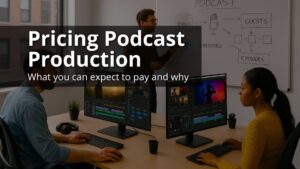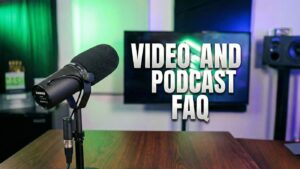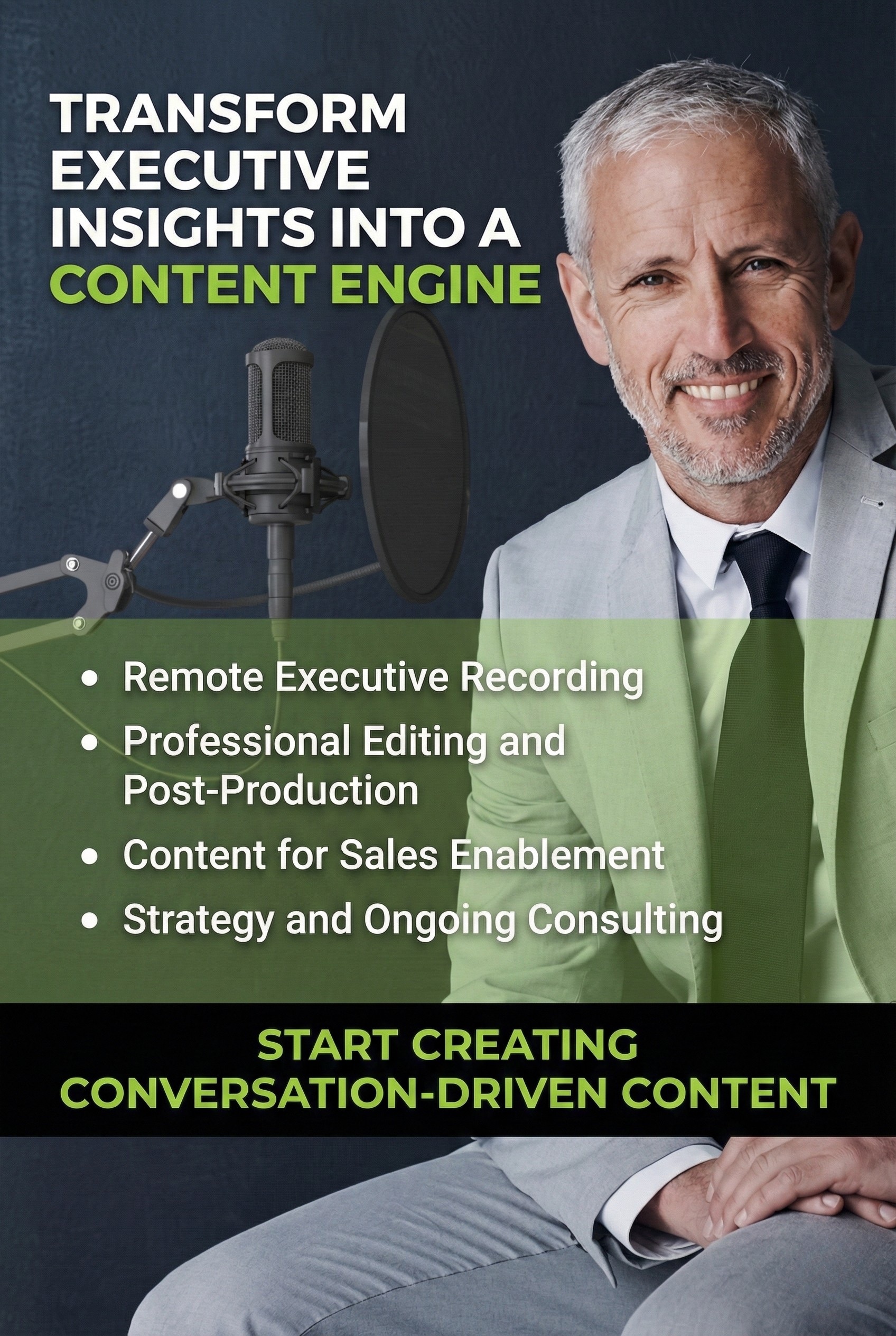Learning how to measure a content marketing campaign is as valuable as being able to create engaging content. It is common for marketers to underestimate the importance of measuring and analyzing their content marketing campaigns. And when they do, they may have trouble interpreting that data and measuring the true ROI of their content marketing efforts.
Analytics can be intimidating when it comes to measuring content marketing, especially if you are in marketing for the creative process and not a fan of number crunching. The end goal is to identify clear and objective results. To do this, you will first need to determine what success looks like and measure for that.
Here are some key performance indicators that companies use to signal success for content marketing campaigns:
- Boost in brand reputation
- Earned media exposure
- Social engagement
- Website traffic
- Lead generation
- Customer retention
- Customer reactivation
When first starting out, most goals will be mostly speculative or based on preliminary research. Once you get going, proper measurement and analysis will generate more in-depth data that can tell you precisely how your content is performing. Let’s discuss the actions needed to measure your content marketing campaign in a way that it not only ties back to revenue but also helps you to reap the benefits of optimization.
Measure Everything Consistently
Start by making it your objective to measure everything to the best of your ability. With content marketing living in the digital domain, tracking of every action and engagement is possible.
For instance, when you distribute your content on Facebook, the platform will tell you how many views, likes, impressions, shares, and click-throughs your content received. However, these are somewhat vanity metrics and don’t really tie directly to your revenue.
Comprehensive systems, like Google Analytics can give you high-level analytics of the volume of activity your campaign generates. For deeper insight, you will want to utilize a marketing automation platform or one of the other marketing analytics tools available to digital marketers.
To take full advantage of what these tools have to offer, you’ll need to install tracking scripts on your site in order to monitor the engagement with your content. Once you have everything up and running, you will want to be consistent in terms of how and when you will measure your campaign.
Once you begin measuring a metric, it is important to continue measuring this same metric in a consistent way throughout a period of time to derive meaning from the data. This way, you will keep better track of your goals, giving you better and more accurate insights and conclusions.
Turning Your Data Into Actionable Insights with Google Analytics
As far as quantitative data is concerned, Google Analytics is the defacto tool for most marketers. It will help you track most data points related to your website content and it’s pretty straightforward to use. It is free and it also integrates with many third-party applications.
Keep in mind that a content marketing campaign can spread itself over social media, email marketing, advertising, and search results so Google Analytics will not capture every angle of your campaign data.
To measure the source activity of your inbound traffic results, you will also need to use Google’s Campaign URL Builder. The tool works by attaching UTM tracking parameters to your URLs. Put simply, these UTM parameters are additional values added to the end of your URLs that can carry data to analyze when you measure a content marketing campaign.
Every time someone clicks on a URL with a UTM tag, you will get specific insights. These insights can include valuable information such as the source (like social), medium (such as social channels), and terms (like the keywords you paid for in ads).
As such, you will be able to monitor each marketing campaign individually in Google Analytics and even tie these activities down to individual new leads, allowing you to determine what’s performing and what’s not. These tactics are best captured when using some type of marketing automation platform, so we will address this next.
Using Marketing Automation for Better Results
To better track your content marketing efforts on an individual level and go beyond aggregated data that only gives you a big picture, you will need to employ the help of marketing automation. By integrating these marketing automation platforms into your marketing stack, you can better track your content’s performance. You can also correlate this content with the actions your visitors took, allowing you to further improve your conversion rates.
Most marketing automation platforms and form builders will allow you to add custom variables to links that can be seen in forms. These will be used during registration and its common use is to identify the source of the submission.
Google Analytics, by itself, will not offer the most in terms of measuring your campaign’s effectiveness at an individual prospect level. However, when combined with a powerful marketing automation solution, you will have the tools necessary for enhanced tracking, analysis, and measurement down to the person that engagement with your content marketing campaign.
Measuring by Content Type
There are two important things to consider when it comes to content marketing ROI. First, content marketing is the “long game” and while proven to be highly effective, it is a relatively slow route to the revenue stream. Unlike Pay Per Click campaigns, content won’t typically generate immediate results or short term data to feed your reports.
Second, some types of content are hard to tie to revenue. Product or service pages, for example, are easier since they can be linked to the total number of conversions they drive.
Other types of content, on the other hand, may have other purposes like raising brand awareness or reaching new audiences. In other words, it’s much harder to determine how much money a viral video has brought in than the aforementioned product pages. That said, here is a short rundown on how to measure the effectiveness of some primary content types.
Blog Posts
To understand the true effectiveness of text-based blog posts, you will need to keep track of five key metrics:
- Total number of page visits
- The number of new subscribers they generate (via a newsletter or through a CTA)
- The average length of stay on the page
- Social shares
- Pages viewed per visit
- Their impact on SEO rankings (bonus)
Video Content
Here are six key KPIs that you should pay attention to when it comes to video marketing:
- View count – How many times the video was viewed
- Conversion rate – Did they take the next desired step
- Viewing engagement time – how long do most people watch the video
- Click-through – Direct reaction to a Call to Action button or form
- Social sharing – was it valuable enough to pass along
- Drop-off points – Where and when do viewers stop watching the video
When measuring a content marketing campaign that utilizes video it is important to understand the three main video marketing ROI measuring models as well as the difference between absolute ROI and relative ROI of your video efforts.
Absolute ROI weighs the cost investment made to produce the video against the resulting gain. Relative ROI addresses the return on the investment into video when compared to the total marketing cost of the campaign.
Downloadable Content
Downloadable content such as white papers, ebooks, and case studies are the most common and widely used forms of content for lead generation. Not only because it is easily gated, but because it is the most common to marketers. The most straightforward metric here is downloads.
Unlike web page content, downloadable content is typically used as a lead magnet or for email list building. They will also require more time and resource investment than blog posts. If you create a landing page for each of these pieces of content, you can target your audience with pinpoint accuracy.
You will then be able to also track metrics like page visits and conversions for each landing page and each piece of content separately. As mentioned before, having marketing automation in place here will allow you a great deal of detail into the individuals who interact with your content by collecting form data and adding tracking to the URLs leading into your landing pages.
Podcast Audio Content
Podcasting continues to gain footing as an effective means of content marketing. Initially, Downloads and Listens were the primary means of measurement. However, there are several other metrics that should be monitored when analyzing podcast content.
- Downloads and Listens – the initial means of measurement. Still relevant but not the only gauge of podcast success because many listeners do not download and the number of downloads does not indicate listened hours
- Listened hours – how many hours of the podcast have been listened to overall
- Social Engagement – a properly repurposed podcast can be used for social reach
- Trackable Calls to Action – send listeners to a dedicated and tracked page
- Rankings – how do podcast platforms like iTunes rank the podcast
- Reviews – the value and number of comments coming from listeners signify brand awareness
Conclusion
Measuring your content marketing campaign effectively will depend on having a clear vision, with specific goals, and a general understanding of what success means for you. You will also need to understand who will do the measuring, what tools they have, and whether these measurement and tracking tools are sufficient to surface the data needed for measurement.
Finally, you must understand how to apply measurement to the various kinds of marketing content. If you need help getting planning a campaign, creating content, or measuring the content marketing campaign success, talk to a professional Content Monsta!
- How Much Does it Cost to Hire a Podcast Production Company?A quick breakdown of what it should cost to hire a podcast production company to help you with your podcast production and promotion.
- 36 Video and Podcast Content Frequently Asked QuestionsExpert answers to remote podcast and video production questions. How remote recording works, options for support, pricing, ROI, and analytics.
- AI + Human Powered Content Marketing: Speed Without the AI SlopFAST, CHEAP, and GOOD. You can have them all. Speed keeps …









